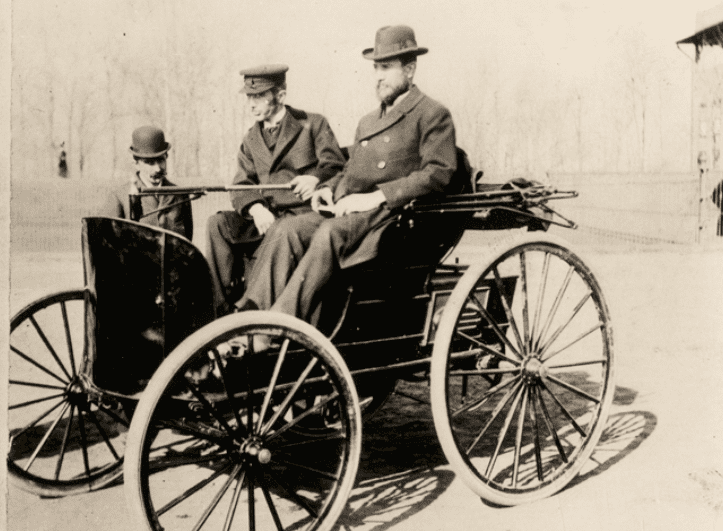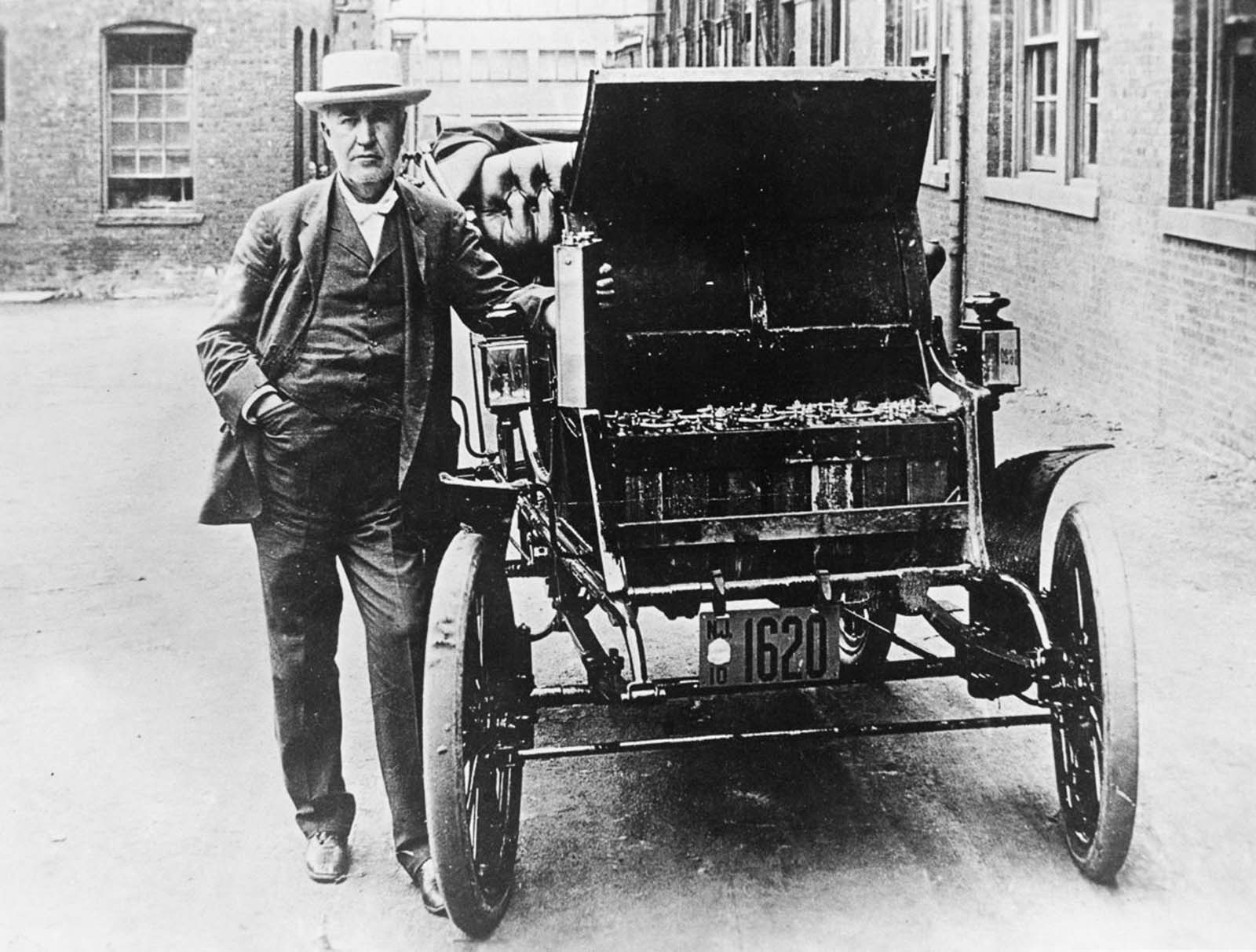Cars began to appear in Chicago once it became a transportation hub and a center of commerce. Chicagoans first saw large “iron monsters” at the World Columbian Exposition in 1893. According to chicago-future.com, the high popularity of automobiles among people led to the organization of the first car race held on Thanksgiving Day in 1895.
Features of cars, passing driving tests

Although most people dreamed of having their own car, not everyone could afford such a luxury. Only rich people could buy vehicles because they cost a lot of money. As of 1899, only a few wealthy residents drove cars. Horse-drawn transport and cyclists remained the most common on the streets.
It is worth noting that the emergence of cars on the city’s roads angered the former mayor, as he preferred bicycles. The city’s head repeatedly threatened to impose repression on new vehicles.
However, it was just threats. In 1899, Chicago became one of the first big cities to pass laws regulating automobile traffic. Speed limits were set at 8 miles per hour.
Each vehicle was equipped with a signal: the sound of bells or gongs. The city authorities demanded that drivers beep the horn, thereby warning pedestrians and other vehicles of their approach. But not all people followed this rule, many enjoyed scaring pedestrians. City dwellers called cars “creepy vans” or “devil’s vans.”
The police were responsible for enforcing traffic rules. Unfortunately, they did not have their own transport to chase cars that exceeded the speed limit. In addition, there was no way to identify violators.
As a result, in 1901, the city government mandated motorists to put metal plates on their vehicles.
If a person wanted to get behind the wheel, they had to pass a driving test.
Drivers could have their driving licenses revoked for recklessness on the road and speeding. Initially, there were no age restrictions for drivers in the city. There was even a case in the fall of 1900 when a 13-year-old girl applied for a driver’s license. She successfully passed the exam and received her license.
In 1901, the city council approved a new order for future motorists. It stated that only 18-year-old individuals with good hearing and vision are eligible for a driver’s license. Licenses were not issued to epileptics, alcoholics and drug addicts.
Creation of highways

As the city’s population grew, the number of cars from various manufacturers increased, resulting in more comptetition. As a result, the cost of this transportation went down, making it accessible to middle-class society.
In 1909, architects Daniel Burnham and Edward Bennett drew a plan that accurately outlined a system of regional expressways and marked the locations of radial and ring roads.
The Chicago Commission reviewed this plan and pointed out certain elements that would help reduce traffic congestion in the city center. Thus, Lake Shore Drive was transformed from a promenade to one of the first limited-access expressways in the country.
From 1950 to 1960, the local highway system was built in the city. Many parking spaces were created in close proximity to shops, hotels and movie theaters.
Interesting facts

- Starting from 1900, local manufacturers appeared in Chicago who created cars in their own garages.
- In 1902, dealerships began operating in the city. They sold cars produced by the first major manufacturers. Hagmann & Hammerly Locomobile is regarded as the first dealership in Chicago.
- During the period from 1900 to 1901, the Hewitt-Lindstrom company was established in the city. It was engaged in the production of electric cars.
- Until 1900, almost all automobiles in the city were electric and had two engines. One was installed for the front wheels and the other for the rear wheels.
Cars have become an indispensable companion for modern Chicagoans, aiding them in any situation!


